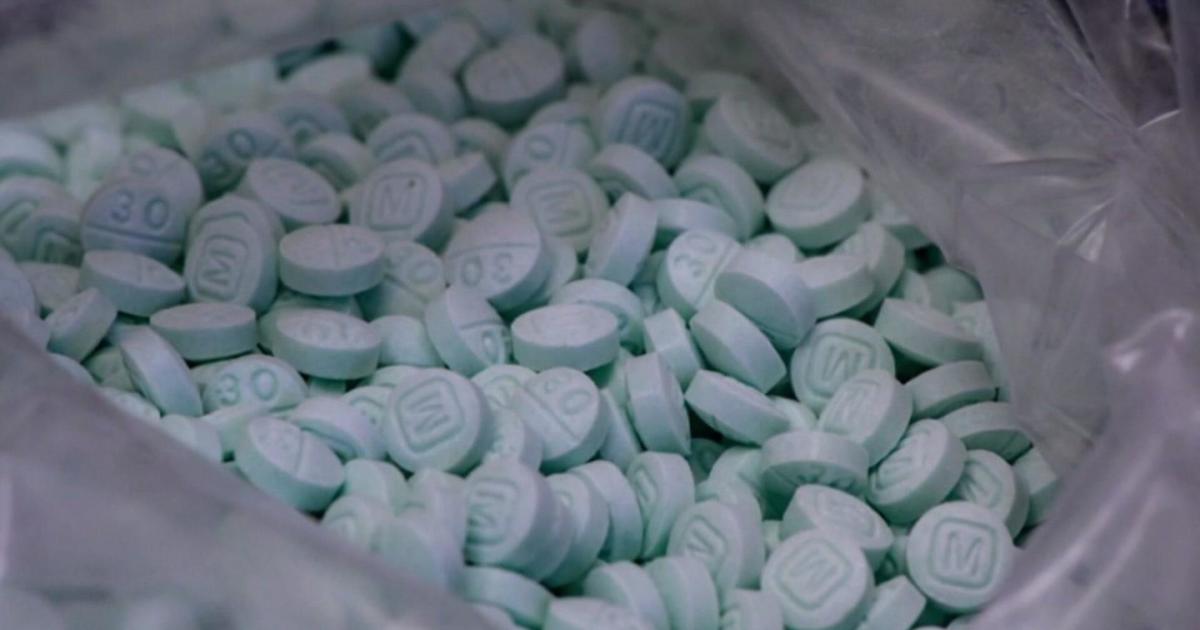Bite Of Minnesota: Sprouted Mung Beans
Ever since I got back from Arizona, I've been on a project kick. First, it was the preserved lemons, then grapefruit marmalade, candied grapefruit peels, grapefruit cleaning spray, lemon salt, and really, anything citrus related. This kind of thing happens when I load myself up with a particular ingredient.
Looking at my pantry, it seems I need to start some bean related projects since I have jars and jars of beans. The jar I've had the longest? Mung beans. I've had them for at least 10 years. Mung beans were one of the first purchases I made at an Asian market years and years ago. They were small, cute, and had a recognizable name. The only problem was that I had no clue what to do with them…until now.
Have you ever tried sprouting? Mung beans are great for that! Since they are so small, they sprout within a few days and are ready to eat. Surprisingly, sprouts contain more nutrients than the whole bean/seed and sprouting makes them easier to digest.
Since there is action required every day, I set reminders on my phone and taped reminders to the jar - masking tape and a sharpie are my friends in the kitchen! I should also note that there are cautions to use when sprouting since bacteria can grow so easily. Make sure to rinse your beans thoroughly before starting and toss the finished sprouts with antimicrobial foods like vinegar, garlic, or onions to help eliminate bacteria. Or cook them, like I did in a recipe I'll share next week. I did eat a few raw with no negative side effects.
While I used mung beans, you can also sprout lentils, seeds, chickpeas (awesome for falafel), and other beans and seeds. This method works for all of those options. Here's what I did for my mung beans.
Sprouted Mung Beans
1/2 cup dried mung beans, rinsed thoroughly
1 wide mouth quart jar
Cheesecloth
Rubber band
In a wide-mouth 1-quart jar, add the mung beans and add water to fully cover beans. Cover the jar with a double layer of cheesecloth and secure with a rubber band. Let stand for 24 hours, then drain through the cheesecloth, rinse again, and drain again.
Store jar on its side in a dark place (I stuck them in my pantry) and prop up the bottom end so excess water can exit through the cheesecloth. A towel under the jar helps absorb excess water.
Each day, rinse and drain the beans in the morning and at night. After a few days of doing this, you'll notice tails sprouting out of the beans. Once the sprout tails are 2 times as long as the beans, they are ready for their final rinse. Store in a new, clean jar or container for up to 3 days in the fridge, covered loosely as to allow liquid to evaporate.
They are great eaten as a snack, in a salad, or in a stir-fry, which I'll share next week.



